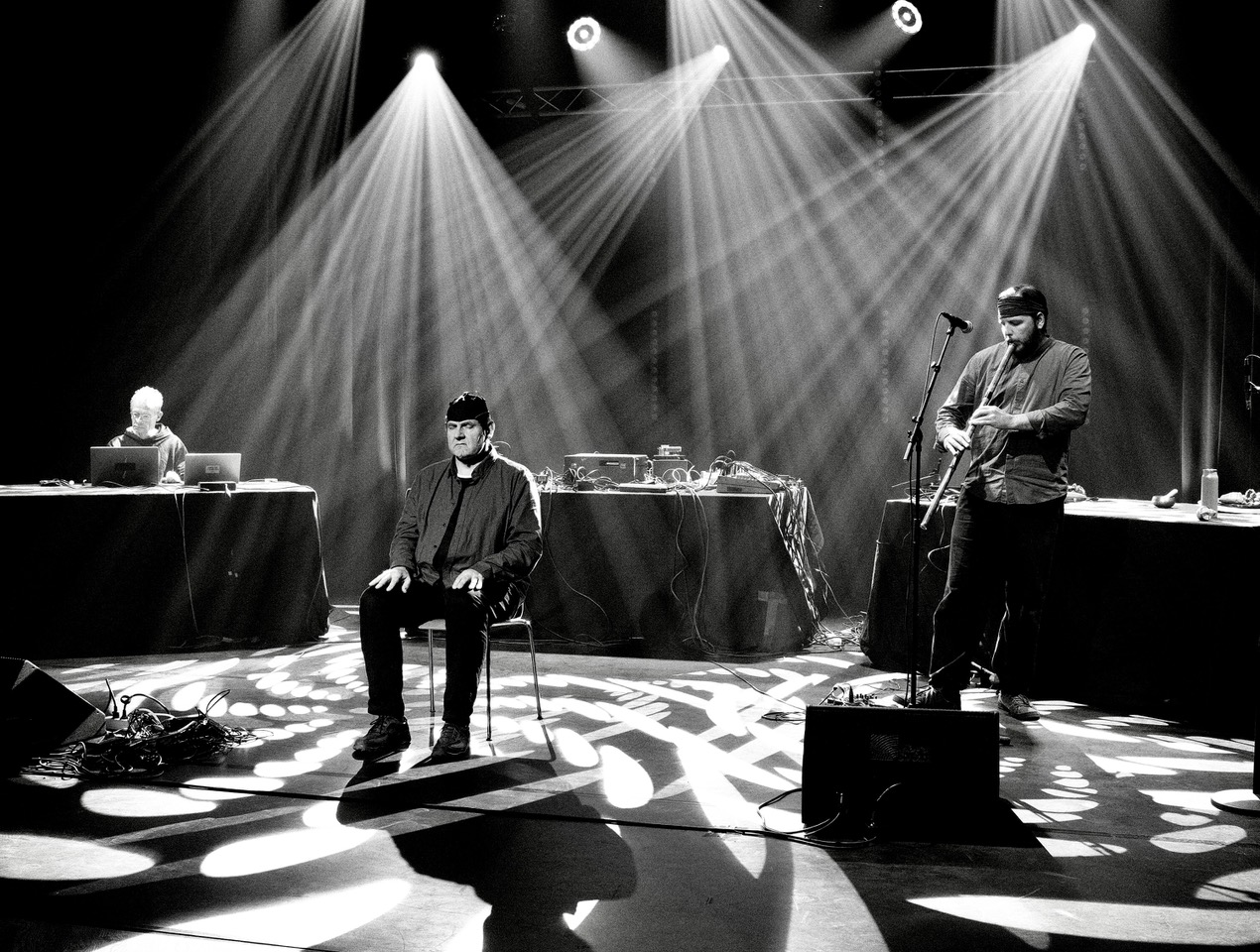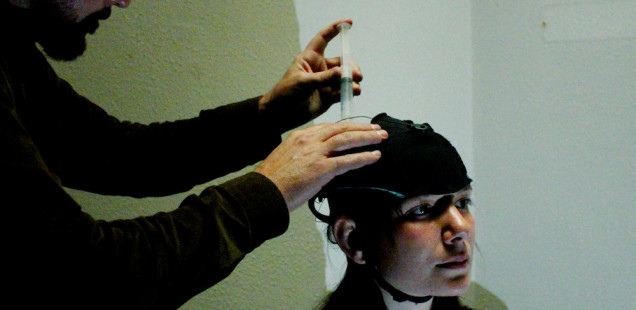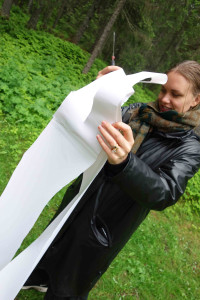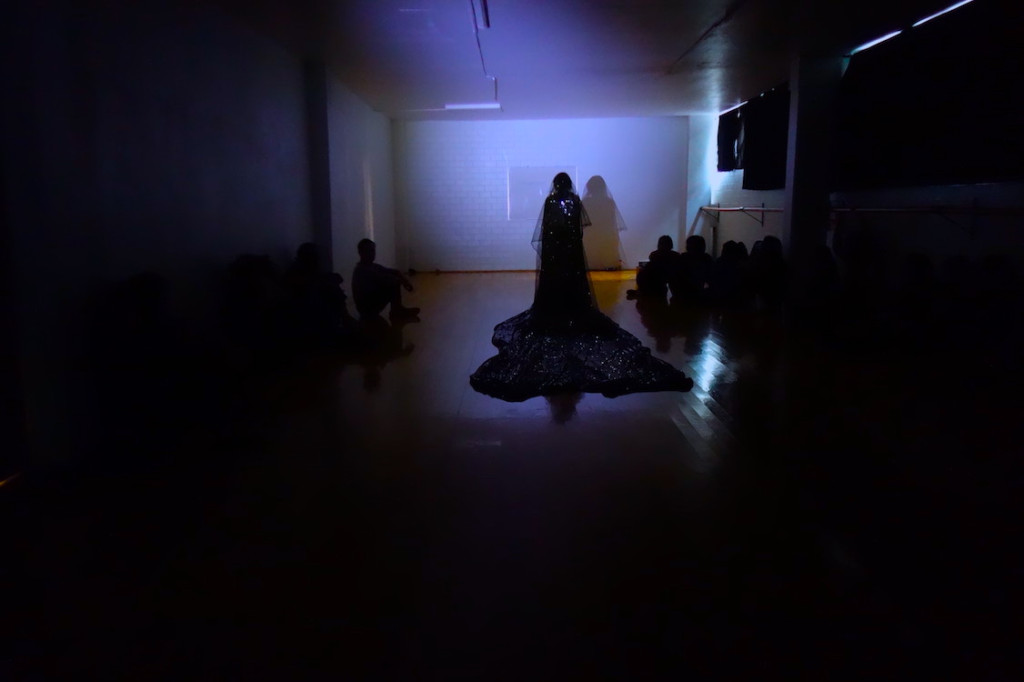Energy in Balance
Two international, artistic networks, the Association for the
Palliative Turn (APT) and Vision Forum are creating a three-day event in
and for Copenhagen in collaboration with Danish curator
Laura Goldschmidt.
“Energy in Balance” looks for new perspectives on the human body by
bringing together knowledge from the arts, philosophy, science and
kinesiology. The working group aims to use the acquired knowledge to
develop new and visionary works of art.
The working process will focus on the human body and how it hosts
knowledge outside of consciousness, the cerebral and the rational.
Such knowledge is seen as an ideal in movements such as Zen Buddhism.
Relevant questions for discussions in the project include:
- The human body knows perfectly well how to operate its immune
system. How is this possible, although science knows only a fraction how
it works?
- How can an unborn baby know how to create its own body?
- How can we access such knowledge and what traditions can help us in the process?
- When we speak of intuition, is that an intellectual of bodily process?
- How does the body’s knowledge, as discussed above, play a role in art-making and the creative process?
The goal of the event is for the organizers to learn together with
artists, curators, health-workers and the general public in the Danish
capital.
The goal is not to find conclusive answers to such questions, but to
reflect on how a slightly altered perspective on human (and non-human)
knowledge can be of use in art-making and in healing. The organisers
want to collectively understand how we can think differently about our
bodies and how such a change in perspective might affect our lives.
The project is partially funded by Helge Ax:son Johnsons Stiftelse and Nordic Culture Fund
PROGRAM (Please not that only Wednesday February 26 is open to the public)
Monday, February 24, afternoon and evening:
Mid-day: Arrival at Q
Internal symposium to present our work/research and formulate shared questions.
Time to experiment.
Tuesday, February 25, 10:00 to 16:00:
(Program, open to students, faculty, guests at Q)
10:00: Carima Neusser and Per Hüttner
The Human Microbiome and Art – the
work of Vision Forum and the project Governing Bodies (45 min)
11:00: Dafna Maimon
Utilizing Body-Mind-Centering for Creative Practice, workshop (90 min)
We will explore a medley of exercises inspired by Body-Mind-Centering
focusing on our organs, cellular breathing, and sounding. Comfortable
clothing and an open, playful presence are welcomed. Bo prior experience
necessary.
Body-Mind Centering® (BMC®) is an integrated and embodied
approach to movement, the body and consciousness. Developed by Bonnie
Bainbridge Cohen, it is an experiential study based on the embodiment
and application of anatomical, physiological, psychophysical and
developmental principles, utilizing movement, touch, voice and mind.
12:30: Lunch break
13 :30: Annemarie Goldschmidt, Kinesiology Workshop (90 min) This
workshop will give you the knowledge to use kinesiology on the way you
want to go, to move on.
15:00: Coffee break
15:30: Mia Damhus, How to eat artistically (60 min) Feeding the
microbiota seems to be the most important factor in achieving bodymind
balance. Mia’s lecture will look at our understanding of the body, from
cells to organs, and how nutrition has been understood from the
reductionist era until the present.
16:30: Olav Westphalen: Welcome to the Palliative Turn, Short lecture
about the work of the APT (Association for the Palliative Turn) plus
some games using sound or drawing (60 min)
Wednesday, February 26, 14:00 to late:
(open to public)
14:00: Laura Goldschmidt
Welcome address, a curator’s take on Bodymind (15 min)
14:30: Dafna Maimon: Video screening, new work, never seen before (45 min)
16:15 Annemarie Goldschmidt: The Behavioral Barometer, lecture (60 min)
17:30 Coffee/Snacks/socializing (time for set-up)
18:00: Olav Westphalen: Quintett, gut songs (30 min)
18:45: Carima Neusser: Choreography and the Body (30 min)
19:30: Per Hüttner and Robert Oostenveld: Microbes’ Agency: Performance –
Microbes influencing sound and images in real time (30 min)






